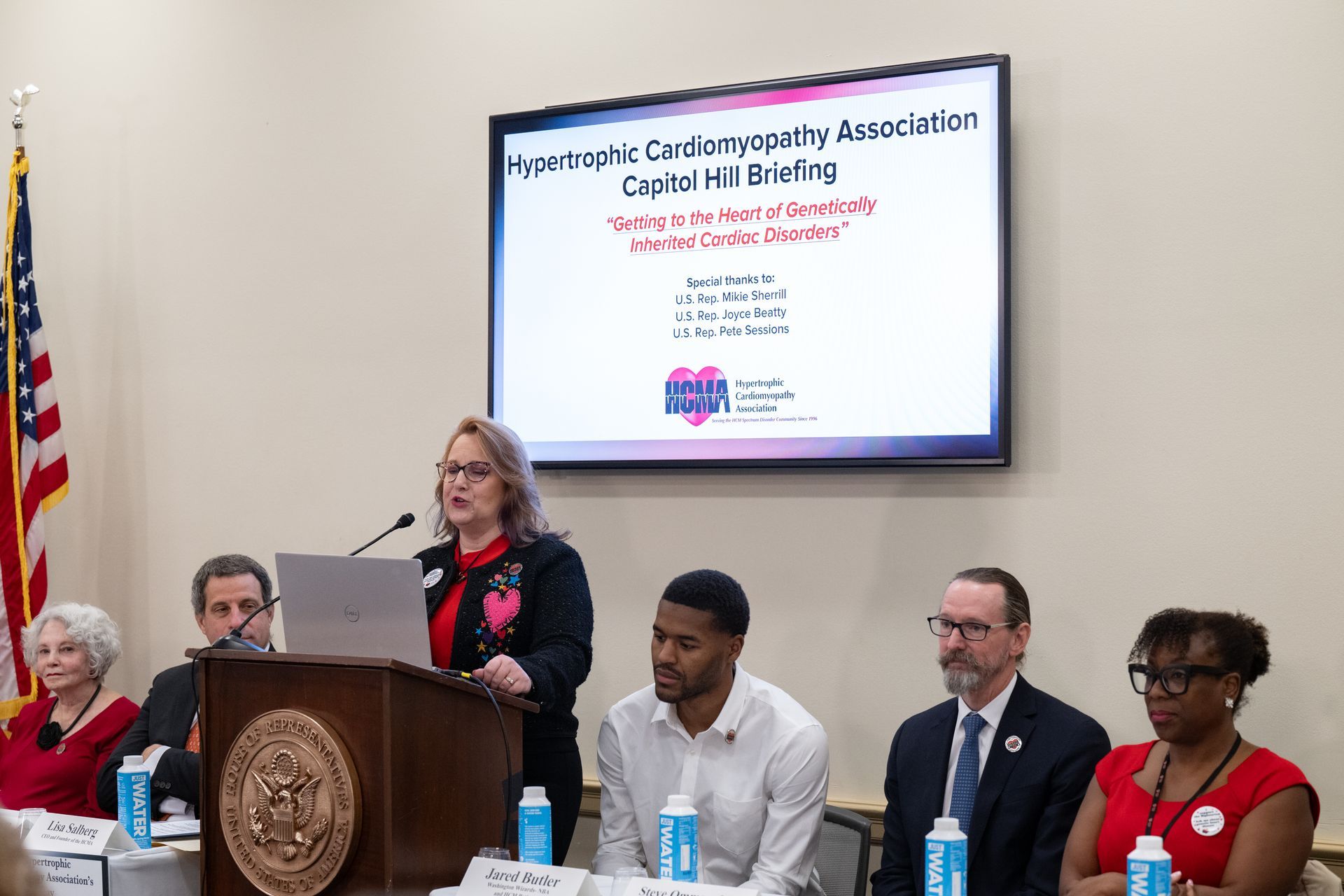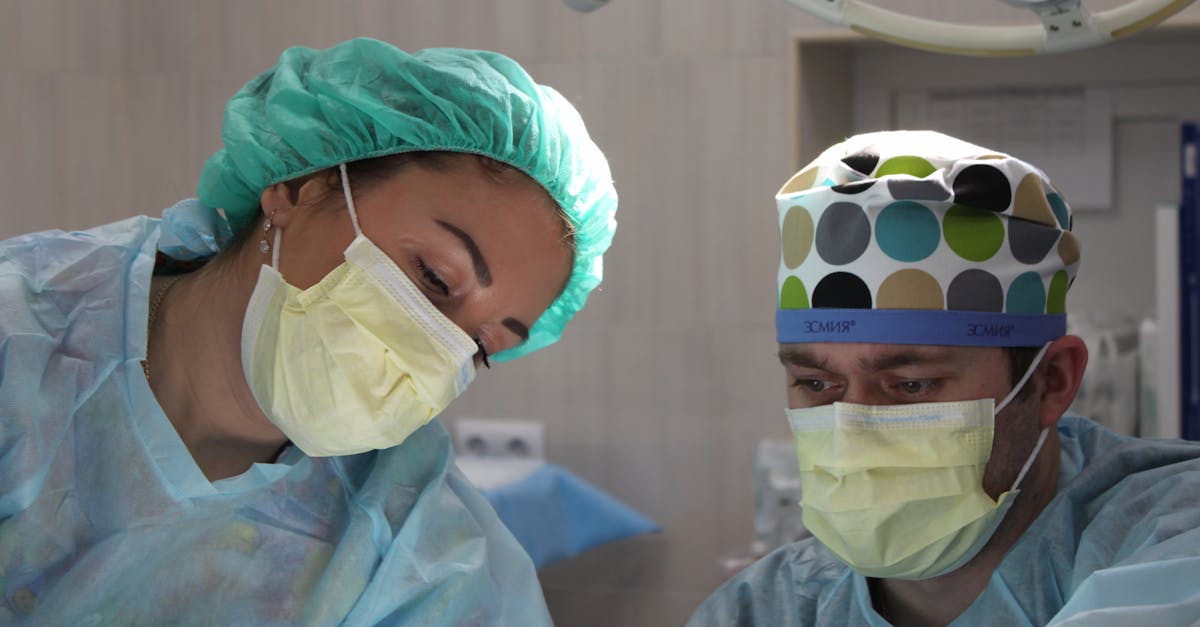Mitral valve repair is a surgical procedure that repairs a faulty mitral valve.
Hypertrophic obstructive cardiomyopathy (HOCM) is often associated with abnormalities of the mitral valve. Many people with HOCM have problems with their mitral valves. The valve leaflets may be too long which contributes to the obstruction. The papillary muscles that open and close the valves may be positioned badly. The chordae tendineae (sometimes called the heart strings) connecting those muscles to the valve may be positioned badly, or be too long or short. For these or other reasons, the leaflets of the mitral valve may not close properly, causing mitral regurgitation and obstruction. The result is that blood leaks back into the left atrium and is partly blocked below the aortic valve.
Many people have some mitral regurgitation, and they usually tolerate it well. But if it is severe, it can cause symptoms like shortness of breath, fatigue, exercise intolerance, and palpitations. It can also contribute to heart failure.
Related Procedures
For many HOCM patients, myectomy is enough to eliminate obstruction and most mitral regurgitation. But it is fairly common for patients to need surgery to repair or replace the mitral valve. Most of the time repair is possible, and it is preferable to replacement.
Mitral valve repair is often done at the same time as myectomy or other open heart procedures. If you do need septal reduction, mitral valve repair can be done with myectomy but not with alcohol septal ablation. Sometimes repair can be done by itself with a minimally invasive procedure. This can mean a shorter time on heart-lung bypass, shorter hospital stay and quicker recovery. Your surgeon will talk with you about the options available, as well as their pros and cons.
THE PROCEDURE
Because there are many different problems that can require repair, there are many different procedures. You will be anesthetized for the procedure. You will be connected to a heart-lung machine to take over the work of the heart and lungs during surgery. The length of the procedure varies, depending on which type of repair surgery you are having.
AFTER THE PROCEDURE
You will spend one or more days in the ICU after the procedure. Then you will be transferred to a regular hospital room for monitoring for several days. How long you spend at the hospital will depend on the type of surgery you had and your condition. Before you are sent home, your doctor will discuss when you can return to normal activities. You will probably need to take medications and make some lifestyle changes after the surgery. You will need to attend regular follow-up appointments. Your doctor may recommend that you participate in cardiac rehabilitation to help you recover.
Related Procedures

 Translate
Translate

